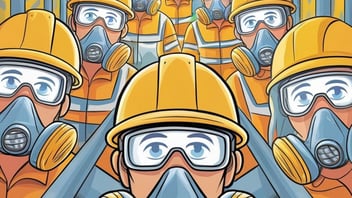A safety culture is a shared commitment to safety among all employees, from management to frontline workers. It is an environment where safety is a top priority and everyone feels comfortable speaking up about safety concerns.
There are many benefits to having a strong safety culture, including:
-
Reduced accidents and injuries
-
Improved employee morale and productivity
-
Reduced costs associated with accidents and injuries
-
Enhanced reputation as a safe place to work
Creating a strong safety culture takes time and effort, but it is an investment that is well worth it. Here are a few tips for getting started:
-
Make safety a priority from the top down. Management must demonstrate their commitment to safety by providing adequate resources and training, and by holding employees accountable for following safety procedures.
-
Encourage employee participation. Employees must be involved in identifying and addressing hazards, and they must be able to report safety concerns without fear of retaliation.
-
Provide regular safety training. Employees need to be trained on the latest safety procedures and how to identify and avoid hazards.
-
Recognize and reward employees for their safety efforts. This will help to reinforce the importance of safety and motivate employees to continue to follow safe practices.
To learn more about the benefits of a strong safety culture and how to create one in your workplace, download our infographic, "Why You Need a Safety Culture." This infographic provides a comprehensive overview of safety culture, including its benefits, how to create one, and common challenges.
We hope you find our infographic informative and helpful. Please share it with others who may be interested in learning more about safety culture.

.png?width=425&length=350&name=Untitled%20design%20(39).png)
-Oct-17-2024-05-15-31-6009-PM.png?width=352&name=Untitled%20design%20(2)-Oct-17-2024-05-15-31-6009-PM.png)


Leave a Comment